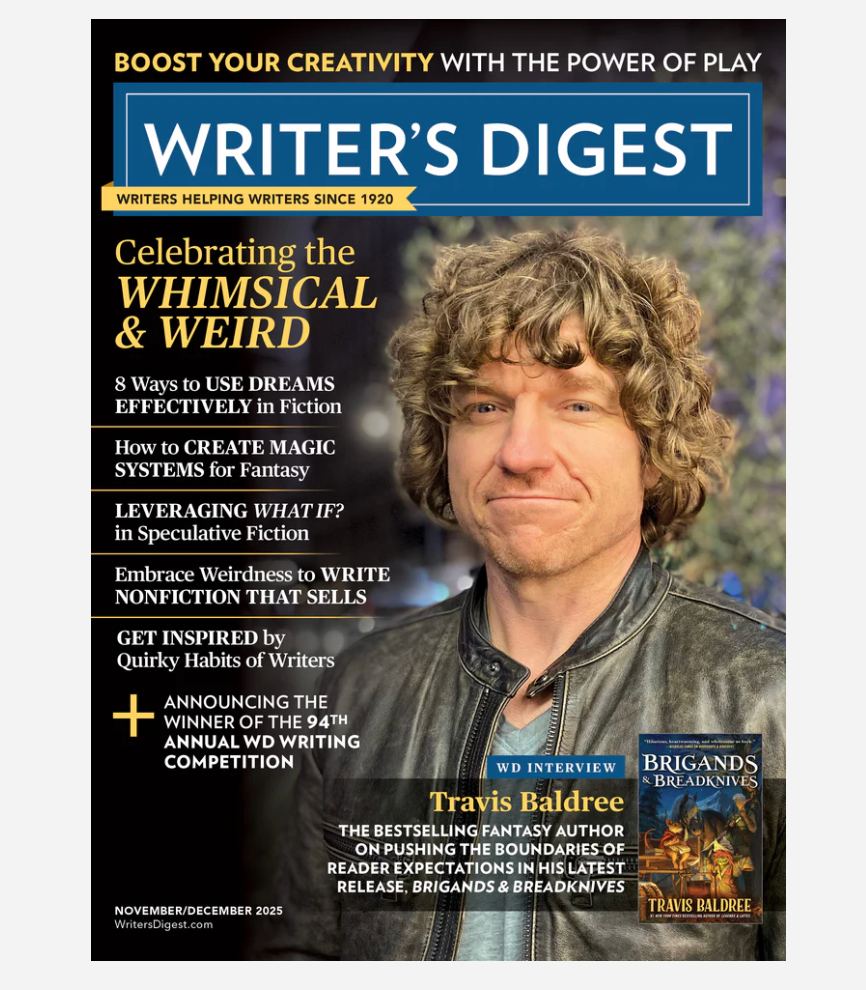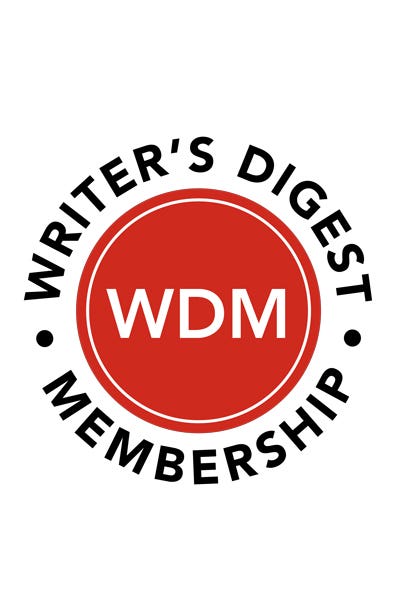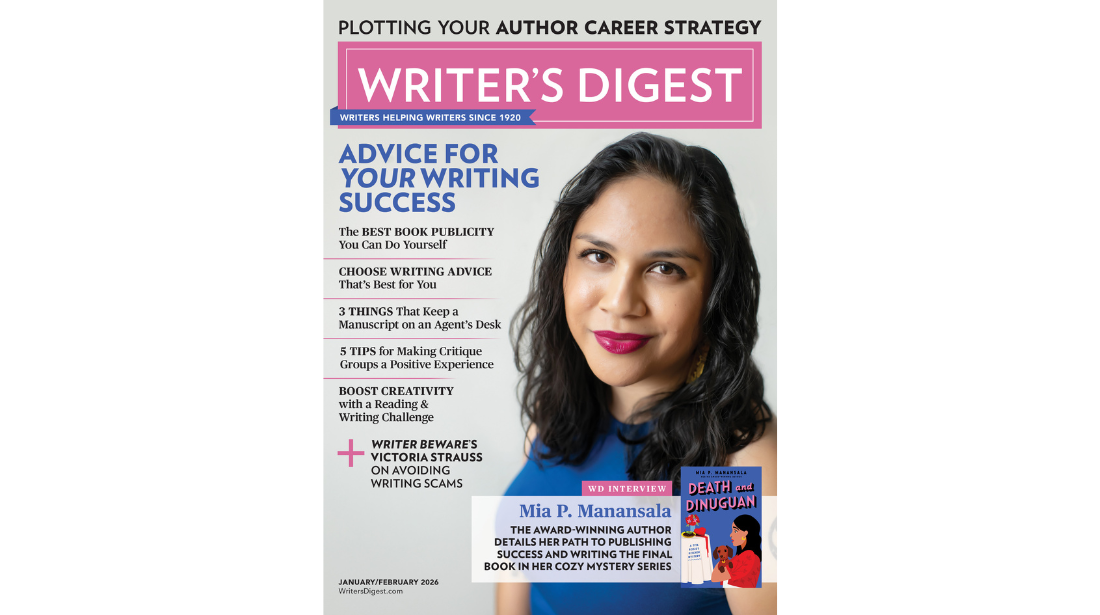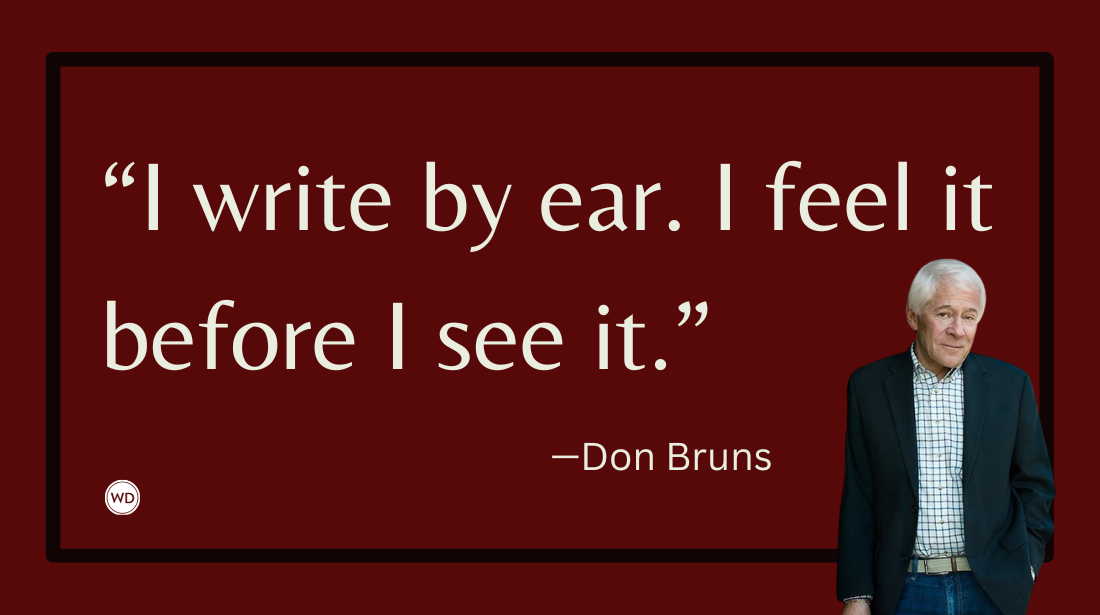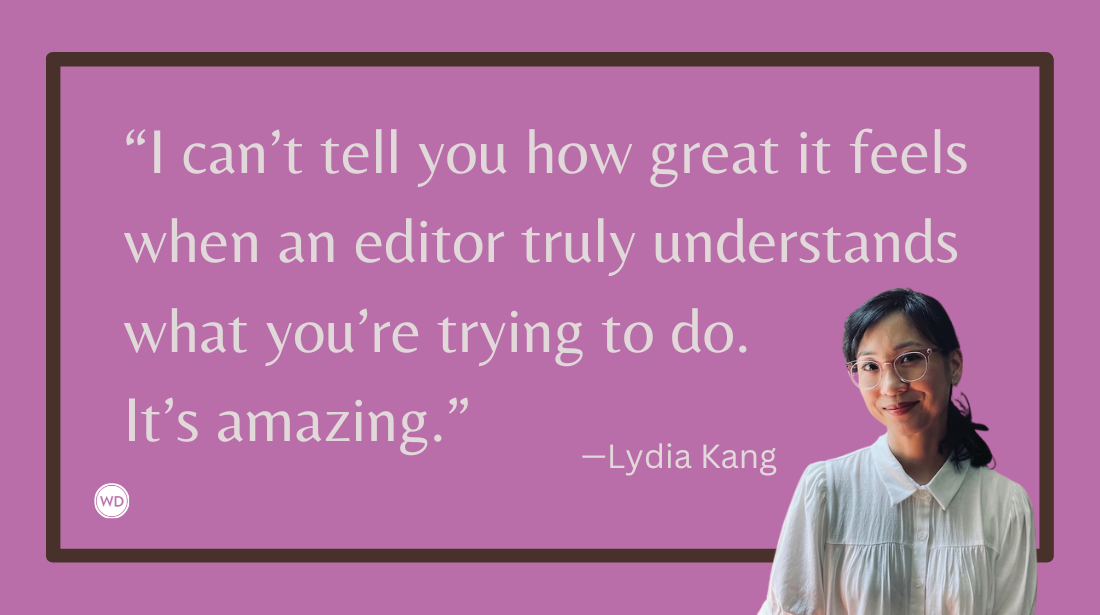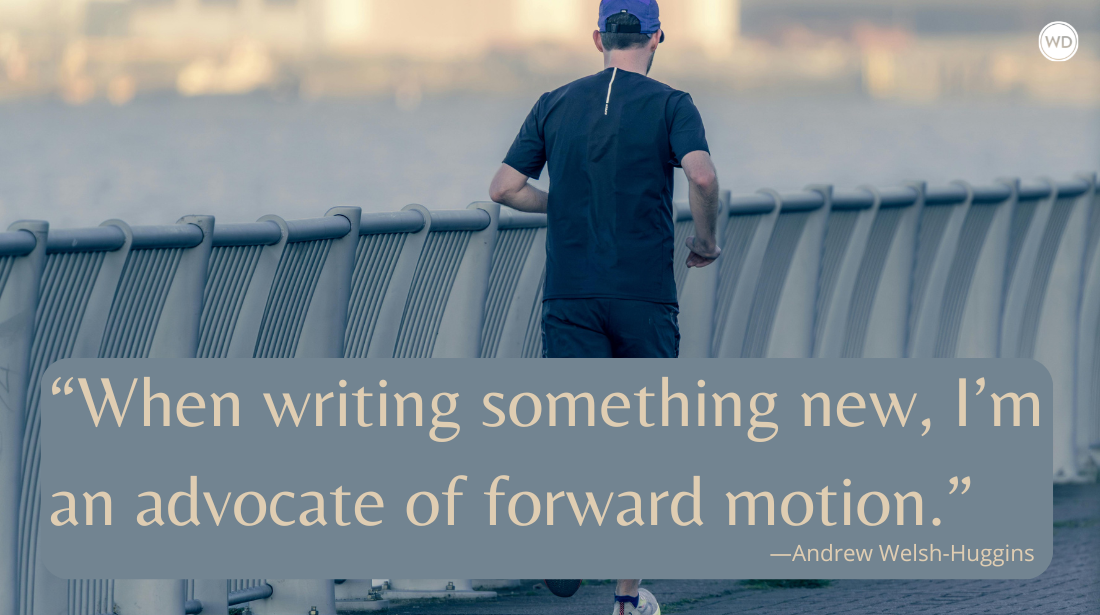How to Add Value With a Prologue
Author Catherine Hokin breaks down how to add value to your novel with a prologue, including four prologue pitfalls and three opportunities.
Prologues are divisive things. They seem to have turned into the Marmite of the literary world, despite their long history as a writing device. The word itself comes to us from Middle English, via the Greek prologos which translates as, ‘before saying.’
Prologues were a key feature of ancient Greek drama. Shakespeare used the technique, as did Chaucer, to walk their audiences through who and what they could expect to meet in the tale that was about to unfold. And yet go down any Reddit or Facebook rabbit hole about favorite/least favorite novels or authors and you’ll quickly find readers foaming at the mouth on the subject of prologues.
So perhaps the question we should be asking is, what’s disappointing them? And what can we do as writers—and I include myself here as somebody who regularly writes them—to convince reluctant readers that a well-used prologue merits its place?
Before I get into that, I do think it’s important to acknowledge that constructing a prologue—like any what is essentially short-form writing—is not an easy thing to do. I’m sure it comes as no surprise to anyone that my first tip is to read as many examples as possible, deconstructing the factors that either draw you into the main text, or push you away from it.
4 Prologue Pitfalls
What is writing based on after all, if not extensive reading? You’ll make your own checklist of what works and what doesn’t, but the following are some of my red flags.
- It’s too slow. This could be because the author has used the prologue as a means to throw in a whole pile of backstory about a character the reader doesn’t know and hasn’t yet invested in. Or because it’s building a world in too many complicated stages. Or dumping research about a key event that’s going to matter later in the story but is far too dry to take up time now. Whatever the reason, the outcome is the same: The first few pages are so dull, the reader isn’t inspired to tackle the rest. Especially, or so it seems, if they’re reading on Kindle Unlimited and have many other choices at their fingertips to turn to.
- It’s too much. In this instance, the reader is thrown at top speed into a piece of dramatic action that roars along at a possibly confusing pace, and then… Everything drops off in chapter one and the novel feels like a different book.
- It doesn’t make sense. Admittedly the reader might be a little further in than the first chapter or so before they realize that the prologue is completely disconnected from the main story, but that won’t make them forgive the writer any more than a dull prologue will.
- It never ends. It’s not a tempting snack, it’s a whole meal with far too many elements. Somewhere between 1,000 to 2,000 words is the recommended length. I personally aim for the lower end of that. Which leads me nicely into…
3 Prologue Opportunities
If those are the pitfalls, what are the opportunities? Why write one at all? In my case, I do it to give my reader a glimpse into the world that’s coming, usually by establishing a key voice in the story and raising questions about that character and/or the situation they’re caught up in. What I’m trying to achieve is a sense of high stakes which will encourage the reader to quickly invest in the story.
There might be a sense of danger, or immediacy, or a task whose success/failure could have serious consequences. There could be a moral dilemma, or a hint that the reader has just met somebody they really shouldn’t trust. Whichever I choose, I’m aiming to be sticky and concise in the delivery. That should remain the case however you approach a prologue, but there are, of course, other ways than character to do it.
- Use the classic attention-grabbing opener. In many ways, a prologue is a short story that’s going to be picked up in the rest of the narrative, so why not let the opening line sing? Perhaps through an offbeat sentence (e.g., the opening line of Orwell’s 1984 or Ian Banks’s The Crow Road). Or one that poses multiple questions (e.g., Plath’s, The Bell Jar). Or one that instantly establishes a character’s quirks (e.g., Dodie Smith’s I Capture the Castle). Just remember that whichever way you go, you’ve now set the tone for the rest of the book.
- Pull your reader onto the edge of their seat. Create a vivid setting they can’t help but step further into, or a conflict they can’t look away from. Create tension or uncertainty. And then deliver what you’ve signposted.
- Drop them into an event which will twist. Put your reader onto a path they don’t want to get off, with a promise that what’s happening is going to lead somewhere they think they can guess. And then push them out of that comfort zone in the main story.
However you do it, stay precise—again, like a short story, every word has to earn its place—and don’t forget to pick up the thread you’ve dangled in the prologue later on.
We live in an era where we’re constantly being told people have less and less time and shorter attention spans. Against this backdrop, a prologue that adds value could be one of the sharpest tools in your writing tool kit. I like to think of it as the introduction at a party that stops you looking for someone more interesting to talk to. Hopefully my readers think the same way!


